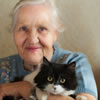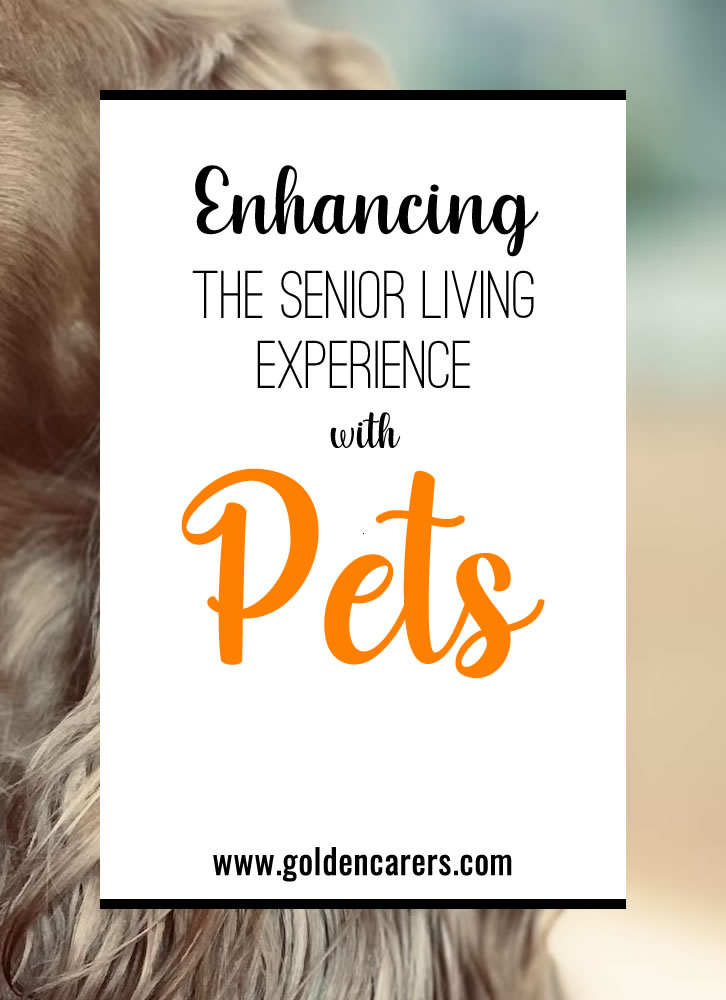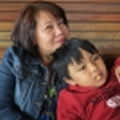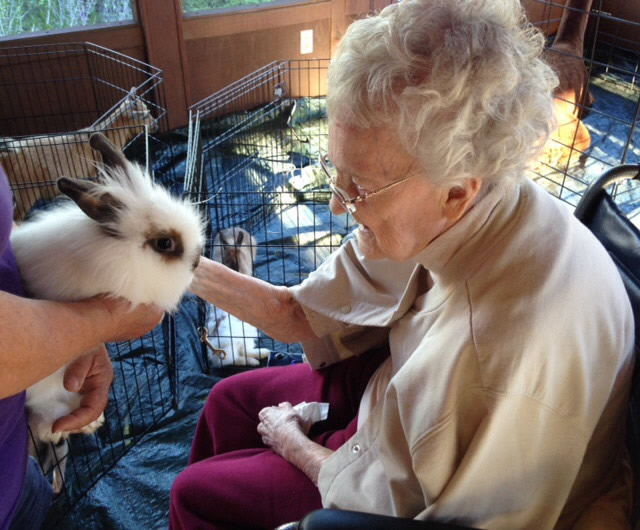
Enhancing the Senior Living Experience with Pets
Found In: ›Activities ›Pet Therapy ›Alzheimer's & Dementia ›Articles ›Care Plans

Pets provide companionship and emotional support to seniors, reducing feelings of loneliness and isolation.
In this article we cover:
- Pets in Senior Living Communities
- 10 Benefits of Pets for Seniors
- For Pet Lovers Only
- 3 Ways to Introduce Pets
- What is Pet Therapy?
- Joyful Companions for the Elderly
Related Activities
Comments Post a Comment

 4th Mar 2024
Diversional Therapist
4th Mar 2024
Diversional Therapist

 3rd Mar 2020
Activity Director
3rd Mar 2020
Activity Director
This would be a good question to ask our Facebook group
https://www.goldencarers.com/activities-for-seniors-facebook-group/4782/
 3rd Mar 2018
3rd Mar 2018
http://www.healthline.com/health/pet-therapy#Overview1
........A family member bringing in a pet i.e. dog that is not a certified therapy dog makes it a pet visit not pet therapy... please see link above for more information on Pet Therapy.
Tenants can’t be evicted on the basis of the clause, says Mr Archer, but they can be evicted if their pet is a nuisance, damages property or is a danger. https://www.petlove.love/
Tenants can't be evicted on the basis of the clause, says Mr Archer, but they can be evicted if their pet is a nuisance, damages property or is a danger.
 20th Mar 2016
Aged Care
20th Mar 2016
Aged Care
 21st Mar 2016
21st Mar 2016
 16th Feb 2016
Diversional therapist
16th Feb 2016
Diversional therapist

 8th Sep 2015
Leisure and Lifestyle Coordinator
8th Sep 2015
Leisure and Lifestyle Coordinator
In my facility we have a dog visiting the residents every Monday and I am lucky that the therapy dog Cassey and her handler visit my wing first. The residents absolutely love her, they appear more alert, generally happy and content. These feelings seem to last till the last programmed activity for the morning and participation and enjoyment are much higher . I am not quite sure if this is also an effect of Pet Therapy but I have observed that the residents who interact with Cassey eat better at lunch time. Casey's visits also make way for a group discussion and reminiscing.

 25th Aug 2015
Music therapist
25th Aug 2015
Music therapist
 16th Jun 2015
Care Facilitator
16th Jun 2015
Care Facilitator
 2nd Jun 2015
Diversional Therapist
2nd Jun 2015
Diversional Therapist
I am passionate about the benifits of having animals in aged care.
The following shows why
Comment from resident 7/1/15
Mrs X called me aside in the Lovell dining room to thank me for bringing the dog Bede to work with me.
"It is good just to see him around, it makes me feel good anyway and all the people say they like him. Thanks for bringing him to work with you, it makes it more like a home.
Bede at work November 2014
A resident is this week going through significant changes in her dementia.
When she first came to live in the home three years ago she was very bright, she had her small dog, a white Maltese X . Eventually a staff member took the old dog home when the resident could no longer manage her. The dog died aged fourteen.
During this last week the resident has been confused as to time, place, who people are, who she and is thus very anxious and does not settle for more than a few minutes at a time.
Yesterday as her mobility has declined staff brought her along to a concert she used to enjoy. One of the staff sat with her but still she was anxious and unsettled.
I went and got Bede and with him on my knee facing her I sat next to her.
Immediately she began talking quieter about the lovely little dog. She leaned towards Bede and patted him gently. Her eyes focused on his face, her hand went back to her lap. She continued to look into Bede's eyes. For his part Bede leaned forward and gave her nose a gentle lick. She looked at me then and said proudly "the little dog likes me".
For the next 25 mins till the concert ended she gazed at Bede's face. Not once did she look at the entertainers or anything else. In her confusion she had found a point of stability, she had found a body memory of a little white dogs love. Her breathing slowed, her body and her mind had found peace for a time.
After the concert I told her I was taking Bede to the garden while we served afternoon tea. She didn't mind, she understood that dogs like to go to the garden.
20 mins later when I wheeled her back to her room she was still relaxed and settled.
It was a small moment when Bede met the Lady, when their eyes linked but it gave her unconditional acceptance and peace. A very precious gift indeed.
Bede at work February this year - After lunch myself and Bede were going to the office when Bede took a detour, he went into the room of a resident who has begun the final journey. Bede walked into his room and sat down. Two of the residents family were sitting, one either side of the bed. They told the resident that Bede had come in for a visit.
The resident who is on a morphine drip did not respond. The family asked me to put Bede on the bed. Which I did, Bede remained calm and went into the drop position, the family member told the resident that Bede was on the bed.
Nothing happened. Stillness. Bede continued to sit, then the residents hand reached out to Bede and without opening their eyes the resident began to stroke Bede’s head over and over. The other hand reached out and again patted Bede. This went on for a few minutes, just an everyday action but now imbued with so much meaning. The family members cried, I cried and Bede remained totally centred within the union of himself and the dying resident.
 17th Mar 2015
CEO
17th Mar 2015
CEO
 26th Feb 2015
26th Feb 2015

 Kitten Therapy
Kitten Therapy
 8 Tips for Planning Successful Dog Visits for Seniors
8 Tips for Planning Successful Dog Visits for Seniors
 Chick Hatching Program for Seniors
Chick Hatching Program for Seniors
 Guess the Dog Breeds Quiz
Guess the Dog Breeds Quiz


